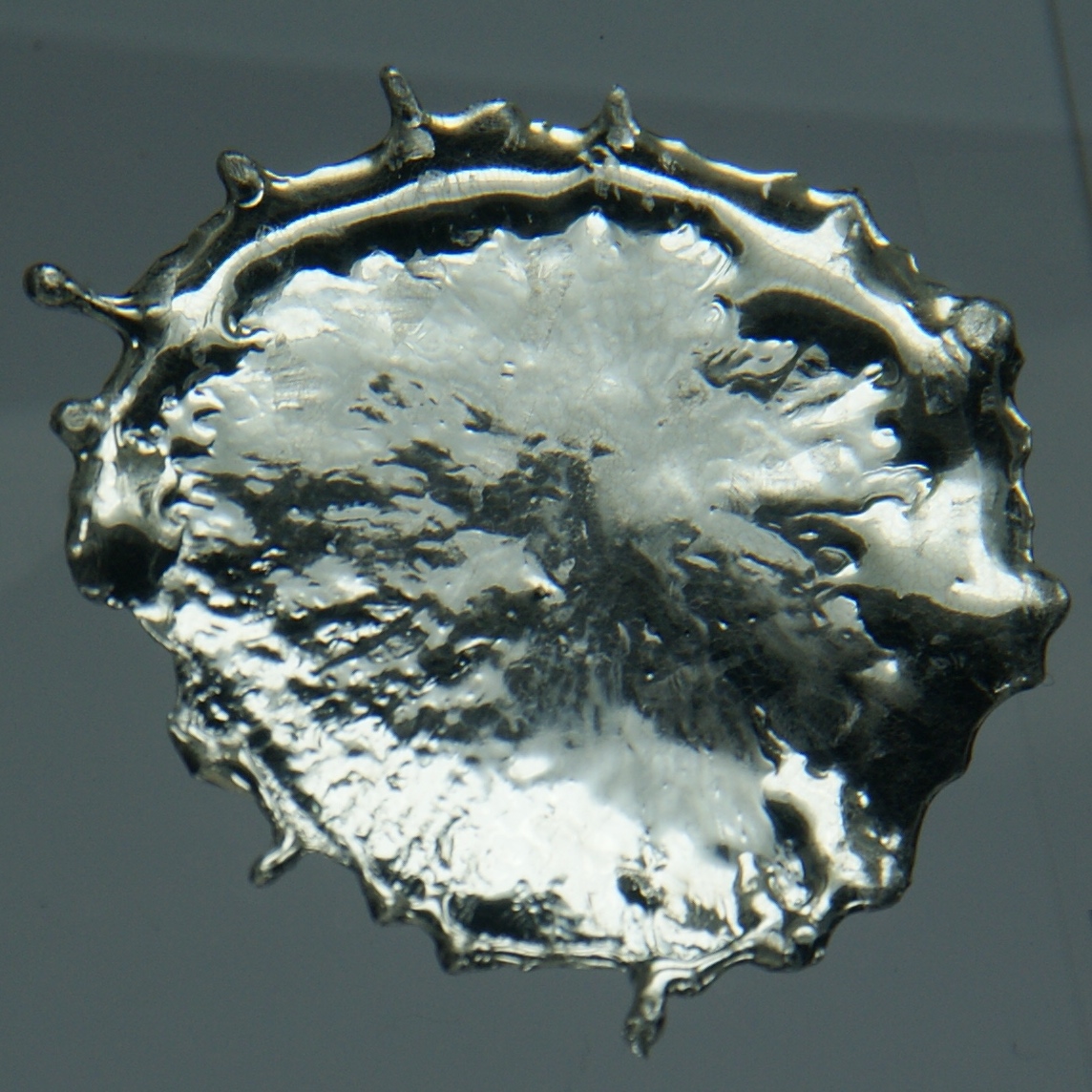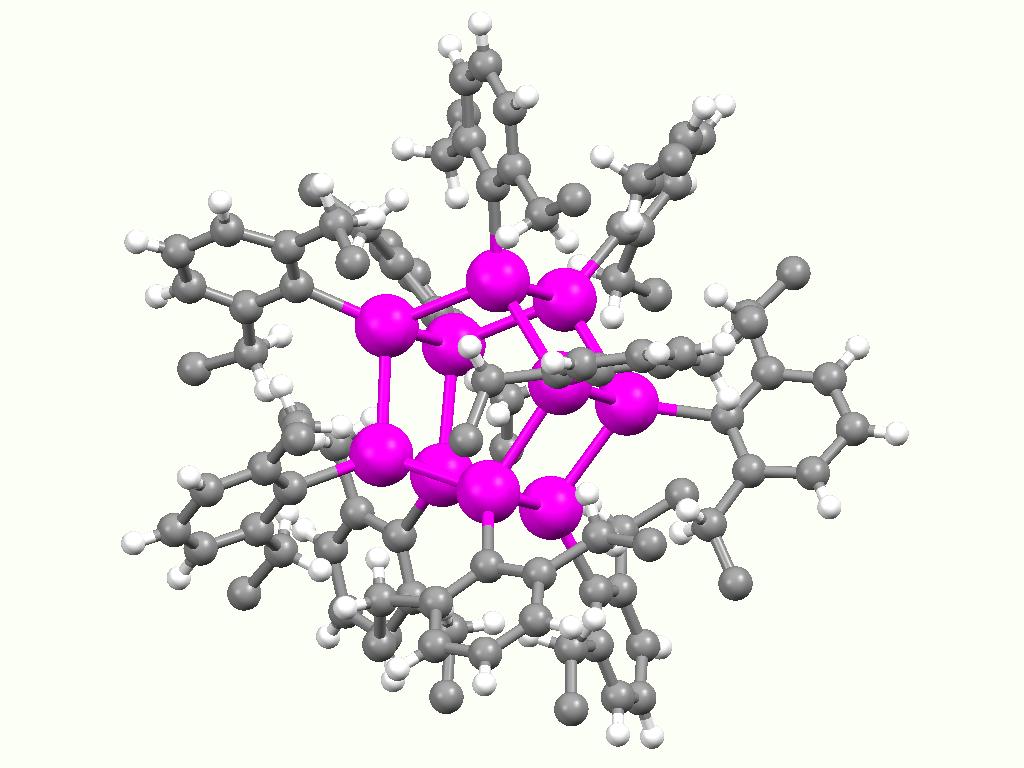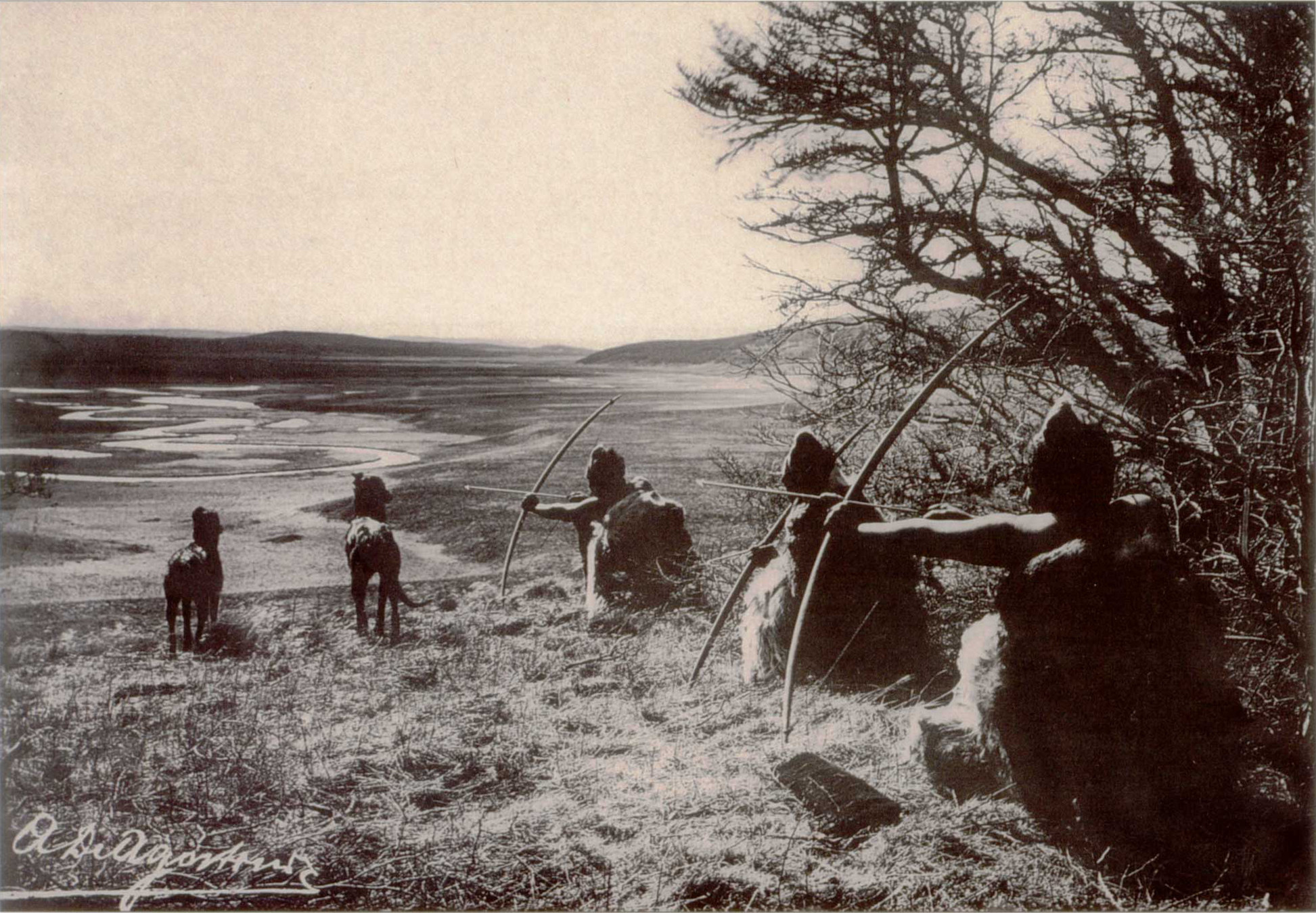|
Trophon Geversianus
''Trophon geversianus'', commonly known as Gevers's trophon, is a species of sea snail, a marine gastropod mollusk in the family Muricidae, the murex snails or rock snails. The two varieties ''Trophon geversianus'' var. ''calva'' Kobelt, 1878 and ''Trophon geversianus'' var. ''lirata'' Kobelt, 1878 have been synonymized with ''Trophon geversianus'' (Pallas, 1774) Description The size of an adult shell varies between 30 mm and 111 mm. Highly variable. Aperture greater than 1/2 of length, brown to violaceous (always coloured). Exterior with strong lamellae. Also with spiral cords, alone or forming a reticulate with the lamellae, or smooth. Brown to whitish, dull. Feeding Mytilidae on intertidal rocks.Forcelli, D. and Narosky, T., 2015. Moluscos marinos de Argentina, Uruguay y Brasil - Uruguayan shells. Vázquez-Mazzini Editorial, 272 pp. Distribution This species is found in the Atlantic Ocean off Argentina, the Falkland Islands and Tierra del Fuego, Chile. Imposex The ... [...More Info...] [...Related Items...] OR: [Wikipedia] [Google] [Baidu] |
Peter Simon Pallas
Peter Simon Pallas Fellow of the Royal Society, FRS FRSE (22 September 1741 – 8 September 1811) was a Prussia, Prussian zoologist, botanist, Ethnography, ethnographer, Exploration, explorer, Geography, geographer, Geology, geologist, Natural history, natural historian, and Taxonomy, taxonomist. He studied natural sciences at various universities in Germany in the early modern period, early modern Germany and worked primarily in the Russian Empire between 1767 and 1810. Life and work Peter Simon Pallas was born in Berlin, Kingdom of Prussia, the son of Professor of Surgery Simon Pallas. He studied with private tutors and took an interest in natural history, later attending the University of Halle and the University of Göttingen. In 1760, he moved to the University of Leiden and passed his doctor's degree at the age of 19. Pallas travelled throughout the Dutch Republic and to London, improving his medical and surgical knowledge. He then settled at The Hague, and his new ... [...More Info...] [...Related Items...] OR: [Wikipedia] [Google] [Baidu] |
Tin Compounds
Tin is a chemical element; it has symbol Sn () and atomic number 50. A silvery-colored metal, tin is soft enough to be cut with little force, and a bar of tin can be bent by hand with little effort. When bent, a bar of tin makes a sound, the so-called "tin cry", as a result of twinning in tin crystals. Tin is a post-transition metal in group 14 of the periodic table of elements. It is obtained chiefly from the mineral cassiterite, which contains stannic oxide, . Tin shows a chemical similarity to both of its neighbors in group 14, germanium and lead, and has two main oxidation states, +2 and the slightly more stable +4. Tin is the 49th most abundant element on Earth, making up 0.00022% of its crust, and with 10 stable isotopes, it has the largest number of stable isotopes in the periodic table, due to its magic number of protons. It has two main allotropes: at room temperature, the stable allotrope is β-tin, a silvery-white, malleable metal; at low temperatures it is le ... [...More Info...] [...Related Items...] OR: [Wikipedia] [Google] [Baidu] |
Gastropods Described In 1774
Gastropods (), commonly known as slugs and snails, belong to a large taxonomic class of invertebrates within the phylum Mollusca called Gastropoda (). This class comprises snails and slugs from saltwater, freshwater, and from the land. There are many thousands of species of sea snails and slugs, as well as freshwater snails, freshwater limpets, land snails and slugs. The class Gastropoda is a diverse and highly successful class of mollusks within the phylum Mollusca. It contains a vast total of named species, second only to the insects in overall number. The fossil history of this class goes back to the Late Cambrian. , 721 families of gastropods are known, of which 245 are extinct and appear only in the fossil record, while 476 are currently extant with or without a fossil record. Gastropoda (previously known as univalves and sometimes spelled "Gasteropoda") are a major part of the phylum Mollusca, and are the most highly diversified class in the phylum, with 65,000 to 80, ... [...More Info...] [...Related Items...] OR: [Wikipedia] [Google] [Baidu] |
Antifouling
Biofouling or biological fouling is the accumulation of microorganisms, plants, algae, or small animals where it is not wanted on surfaces such as ship and submarine hulls, devices such as water inlets, pipework, grates, ponds, and rivers that cause degradation to the primary purpose of that item. Such accumulation is referred to as '' epibiosis'' when the host surface is another organism and the relationship is not parasitic. Since biofouling can occur almost anywhere water is present, biofouling poses risks to a wide variety of objects such as boat hulls and equipment, medical devices and membranes, as well as to entire industries, such as paper manufacturing, food processing, underwater construction, and desalination plants. Anti-fouling is the ability of specifically designed materials (such as toxic biocide paints, or non-toxic paints) to remove or prevent biofouling. The buildup of biofouling on marine vessels poses a significant problem. In some instances, the hull stru ... [...More Info...] [...Related Items...] OR: [Wikipedia] [Google] [Baidu] |
Biocide
A biocide is defined in the European legislation as a chemical substance or microorganism intended to destroy, deter, render harmless, or exert a controlling effect on any harmful organism. The US Environmental Protection Agency (EPA) uses a slightly different definition for biocides as "a diverse group of poisonous substances including preservatives, insecticides, disinfectants, and pesticides used for the control of organisms that are harmful to human or animal health or that cause damage to natural or manufactured products". When compared, the two definitions roughly imply the same, although the US EPA definition includes plant protection products and some veterinary medicines. The terms "biocides" and "pesticides" are regularly interchanged, and often confused with "plant protection products". To clarify this, pesticides include both biocides and plant protection products, where the former refers to substances for non-food and feed purposes and the latter refers to substances ... [...More Info...] [...Related Items...] OR: [Wikipedia] [Google] [Baidu] |
Organotin
Organotin chemistry is the scientific study of the synthesis and properties of organotin compounds or stannanes, which are organometallic compounds containing tin–carbon bonds. The first organotin compound was diethyltin diiodide (), discovered by Edward Frankland in 1849. The area grew rapidly in the 1900s, especially after the discovery of the Grignard reagents, which are useful for producing Sn–C bonds. The area remains rich with many applications in industry and continuing activity in the research laboratory. Structure Organotin compounds are generally classified according to their oxidation states. Tin(IV) compounds are much more common and more useful. Organic derivatives of tin(IV) The tetraorgano derivatives are invariably tetrahedral. Compounds of the type SnRR'R''R have been resolved into individual enantiomers. Organotin halides Organotin chlorides have the formula for values of ''n'' up to 3. Bromides, iodides, and fluorides are also known, but are less imp ... [...More Info...] [...Related Items...] OR: [Wikipedia] [Google] [Baidu] |
Triphenyltin
Triphenyltin compounds are organotin compounds with the general formula (C6H5)3SnX. They contain the triphenyltin group, (C6H5)3Sn, or Ph3Sn, which consists of an atom of tin bonded to three phenyl groups. Examples of triphenyltins include: * Triphenyltin hydride, Ph3SnH *Triphenyltin hydroxide, Ph3SnOH *Triphenyltin chloride, Ph3SnCl *Triphenyltin acetate, Ph3SnOAc Triphenyltin compounds have been used extensively as algicides and molluscicides in antifouling products since the 1960s, together with tributyltin compounds, and both these classes of compounds are of local (but not global) environmental concern because they are persistent organic pollutants. They are also used in organic synthesis to generate radicals or cleave Cleave may refer to: * Cleave (surname) * Cleave (fiber), a controlled break in optical fiber * RAF Cleave, was an airfield in the north of Cornwall, England, May 1939 - Nov 1945 *The process of protein cleaving as a form of post-translational mod ... carbon ... [...More Info...] [...Related Items...] OR: [Wikipedia] [Google] [Baidu] |
Tributyltin
Tributyltin (TBT) is an umbrella term for a class of organotin compounds which contain the group, with a prominent example being tributyltin oxide. For 40 years TBT was used as a biocide in anti-fouling paint, commonly known as bottom paint, applied to the hulls of oceangoing vessels. Bottom paint improves ship performance and durability as it reduces the rate of biofouling, the growth of organisms on the ship's hull. The TBT slowly leaches out into the marine environment where it is highly toxic toward nontarget organisms. TBT toxicity can lead to biomagnification or bioaccumulation within such nontarget organisms like invertebrates, vertebrates, and a variety of mammals. TBT is also an obesogen. After it led to collapse of local populations of organisms, TBT was banned. Chemical properties TBT, or tributyltin, tributylstannyl or tributyl stannic hydride compounds are organotin compounds. They have three butyl groups covalently bonded to a tin(IV) atom.Davies, Alwyn Georg ... [...More Info...] [...Related Items...] OR: [Wikipedia] [Google] [Baidu] |
Imposex
Imposex is a disorder observed in certain marine and freshwater gastropod mollusks, where female individuals develop male sexual characteristics, such as a penis and vas deferens, due to exposure to specific environmental pollutants. This condition is primarily induced by organotin compounds, notably tributyltin (TBT), which have been widely used in antifouling paints for ships to prevent biofouling. Unlike intersex conditions that involve gonadal ambiguity, imposex results in the superimposition of male genitalia onto otherwise functional female reproductive anatomy, often leading to sterility and population declines in affected species. The phenomenon was first documented in the 1960s and has since been identified in over 260 gastropod species worldwide. Imposex serves as a sensitive bioindicator for monitoring organotin pollution in marine environments. The severity of imposex is often quantified using the Vas Deferens Sequence Index (VDSI), which assesses the progression of ma ... [...More Info...] [...Related Items...] OR: [Wikipedia] [Google] [Baidu] |
Species
A species () is often defined as the largest group of organisms in which any two individuals of the appropriate sexes or mating types can produce fertile offspring, typically by sexual reproduction. It is the basic unit of Taxonomy (biology), classification and a taxonomic rank of an organism, as well as a unit of biodiversity. Other ways of defining species include their karyotype, DNA sequence, morphology (biology), morphology, behaviour, or ecological niche. In addition, palaeontologists use the concept of the chronospecies since fossil reproduction cannot be examined. The most recent rigorous estimate for the total number of species of eukaryotes is between 8 and 8.7 million. About 14% of these had been described by 2011. All species (except viruses) are given a binomial nomenclature, two-part name, a "binomen". The first part of a binomen is the name of a genus to which the species belongs. The second part is called the specific name (zoology), specific name or the specific ... [...More Info...] [...Related Items...] OR: [Wikipedia] [Google] [Baidu] |
Tierra Del Fuego
Tierra del Fuego (, ; Spanish for "Land of Fire", rarely also Fireland in English) is an archipelago off the southernmost tip of the South America, South American mainland, across the Strait of Magellan. The archipelago consists of the main island, Isla Grande de Tierra del Fuego, with an area of , along with numerous smaller islands, including Cape Horn and Diego Ramírez Islands. The western part of the Tierra del Fuego archipelago, about two-thirds including its many islands, is part of Chile, and the eastern part is part of Argentina. The southernmost extent of the archipelago, Cape Horn, lies just north of latitude 56th parallel south, 56°S. The earliest-known human settlement in Tierra del Fuego dates to approximately 8,000 BC. Europeans first explored the islands during Ferdinand Magellan's expedition of 1520. ''Tierra del Fuego'' ("Land of Fire") and similar names stem from sightings of the many fires that the inhabitants built along the coastline and possibly even in ... [...More Info...] [...Related Items...] OR: [Wikipedia] [Google] [Baidu] |
Falkland Islands
The Falkland Islands (; ), commonly referred to as The Falklands, is an archipelago in the South Atlantic Ocean on the Patagonian Shelf. The principal islands are about east of South America's southern Patagonian coast and from Cape Dubouzet at the northern tip of the Antarctic Peninsula, at a latitude of about 52°S. The archipelago, with an area of , comprises East Falkland, West Falkland, and 776 smaller islands. As a British Overseas Territory, the Falklands have internal self-governance, while the United Kingdom takes responsibility for their defence and foreign affairs. The capital and largest settlement is Stanley, Falkland Islands, Stanley on East Falkland. The islands are believed to have been uninhabited prior to European discovery in the 17th century. Controversy exists over the Falklands' discovery and subsequent colonisation by Europeans. At various times, the islands have had French, British, Spanish, and Argentine settlements. Britain Reassertion of Britis ... [...More Info...] [...Related Items...] OR: [Wikipedia] [Google] [Baidu] |







